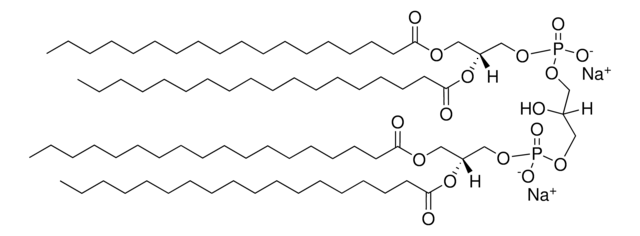C2436
Cytochrome c from Saccharomyces cerevisiae
≥85% based on Mol. Wt. 12,588 basis
About This Item
Productos recomendados
biological source
Saccharomyces cerevisiae
assay
≥85% based on Mol. Wt. 12,588 basis
form
powder
mol wt
12,588 Da
technique(s)
cell based assay: suitable
solubility
water: 10 mg/mL, clear, red to red-brown (dark red)
UniProt accession no.
application(s)
cell analysis
storage temp.
−20°C
Gene Information
Saccharomyces cerevisiae ... CYC1(853507)
General description
Application
Biochem/physiol Actions
Quality
Preparation Note
Other Notes
Storage Class
11 - Combustible Solids
wgk_germany
WGK 3
flash_point_f
Not applicable
flash_point_c
Not applicable
ppe
Eyeshields, Gloves, type N95 (US)
Certificados de análisis (COA)
Busque Certificados de análisis (COA) introduciendo el número de lote del producto. Los números de lote se encuentran en la etiqueta del producto después de las palabras «Lot» o «Batch»
¿Ya tiene este producto?
Encuentre la documentación para los productos que ha comprado recientemente en la Biblioteca de documentos.
Los clientes también vieron
Chromatograms
application for HPLCapplication for HPLCapplication for HPLCNuestro equipo de científicos tiene experiencia en todas las áreas de investigación: Ciencias de la vida, Ciencia de los materiales, Síntesis química, Cromatografía, Analítica y muchas otras.
Póngase en contacto con el Servicio técnico






